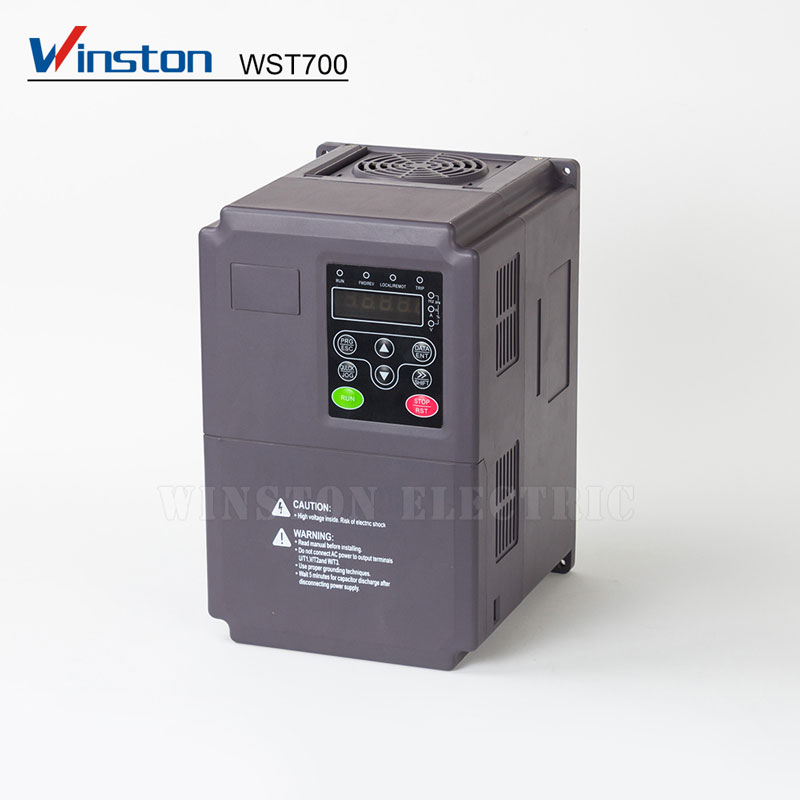Many buyers invest in a frequency converter to boost motor efficiency, cut energy costs, and reduce wear on equipment—but they often neglect proper maintenance. Without regular care, even quality units may fail early, causing unexpected downtime and extra repair expenses. This guide breaks down simple, safe steps to keep your unit running reliably.

Safety comes first. Always turn off the power—never work on a live unit to avoid electric shock. Wait at least 10 minutes after powering off to let internal capacitors discharge (they hold a dangerous charge even when disconnected). Wear insulated gloves and safety glasses, and check the exterior for cracks or burns before opening the cover. If damage is visible, consult a qualified technician to prevent further issues.
Dust and dirt cause overheating, which shortens service life. Clean the unit every 3–6 months (more often in dusty areas like factories or workshops). Use a soft-bristle brush to remove dust from the external vents and cooling fans - avoid scratching or damaging delicate components. For interior cleaning (if you're comfortable opening the cover), gently use compressed air to blow dust from circuit boards and wiring connectors. Never use water or liquid cleaners.
Loose or corroded connections lead to poor performance or sudden failures. Inspect power input terminals, motor output terminals, and control wiring monthly. Gently tighten loose screws (over-tightening strips threads or damages terminals). Wipe away corrosion with a clean, dry cloth (no abrasive materials—these scratch metal surfaces). Loose connections create heat that harms the unit and motor, so don't skip this.
Extreme conditions speed up wear. Keep the unit out of direct sunlight—prolonged heat degrades internal components over time. The ideal operating temperature range is 0–40°C (32–104°F); use fans or cooling systems if the space gets hotter. Avoid humid areas (over 90% humidity) or sources of oil/chemicals—moisture causes rust, while chemicals corrode parts. For outdoor use, install it in a sealed, weatherproof enclosure to block rain, snow, and debris.
Yes—monthly tests catch small issues before they become major problems. Turn on the unit and check the startup sequence (no unusual beeps, flashes, or delays). Look for error codes on the display and address them promptly using the unit's user manual. Run the connected motor at different speeds to ensure smooth adjustment. After 30 minutes of use, the unit should feel warm (not hot)—excessive heat means a problem, like a blocked vent or faulty component.
Proper maintenance only needs simple, consistent steps: follow safety rules, keep the unit clean, check connections, control the environment, and test functions regularly. This protects your investment and avoids costly downtime.
If you're looking for a low-maintenance unit or want to learn which models fit your needs (from industrial conveyors to solar pumps), Visit Our Frequency Converter Product Page to explore tailored options.
GET A QUOTE